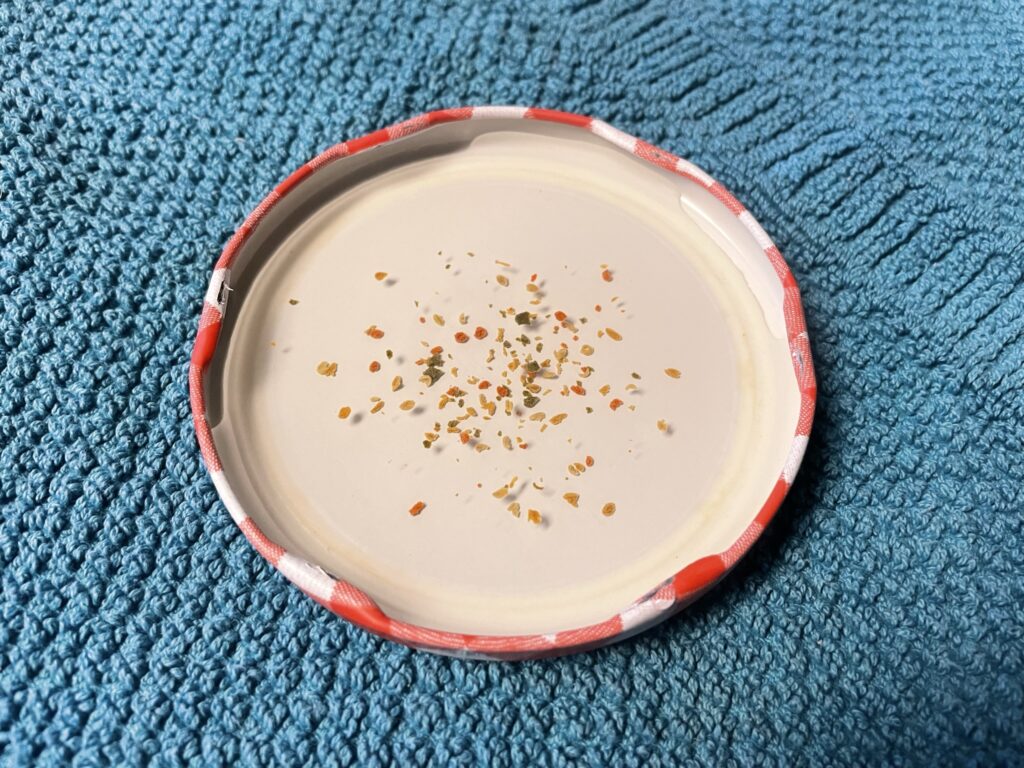When it comes to fish diets, we’re constantly discussing ingredients and nutritional breakdown, but what about palatability? With picky humans, dogs, cats, horses and more, why isn’t it surprising that fish can be picky eaters too? Many owners assume soaking fish food will improve diet acceptability, but it’s actually causing more harm to your fish’s overall health. Here is what to do if you have a picky fish and want to ensure they eat well without soaking fish food.
Fish Digestion
Well, no diet talk would be complete without a quick side trip into fish digestion. For most pet fish species, they do not have acidic stomachs, so they rely on thoroughly crunching their diets to break them down into digestible bits. Their liver and pancreas help produce enzymes that break down these contents and absorb them into their bodies. Just like us, ensuring fish get adequate protein, fat, carbohydrates, minerals and vitamins are critical to their overall health.
However, when it comes to fish, we have to consider the aquatic environment. Water can effect all of the foods that they eat and pull nutrients out of their food and into the water. Most nutritional components are not affected by water, but your water soluble vitamins, Vitamin C & B, as the label indicates, are water-soluble, meaning they will mix with water. Vitamin C in particular is a critical component of fish immune health and function. Lack of Vitamin C can lead to increased incidence of disease, critical for an animal that lives in a toilet.
What Happens When Soaking Fish Food Prior to Feeding
When you soak fish food prior to adding it to your tank, you are giving the water-soluble vitamins an early exit. By the time those pellets dissolve into goo, a good portion of Vitamin C and B are gone. Those need to be going into your fish! Even if it’s “only a minute or two” when “the pellets are still intact,” you have removed the crunchy outer shell which was protecting those inner vitamin layers.
What about soaking fish food in vitamin mixture prior to feeding?
Please keep in mind that none of those supplements have been validated or tested. You might add a little bit of vitamin content back in, but they are still water-soluble and will happily leave the pellet for the water as soon as they are added to the tank.
But my fish spits out their pellets! They only eat them if I soak them
If your fish is spitting out their pellets, there could be a few reasons why. Here is the complete list, or refer to the bullets below:
- Incorrect food item
- Struggling to eat and swim at same time
- Unpalatable (OLD) food
- Incorrect environment
- Incorrect feeding strategy
- Bullies/aggressive tank mates
- Sickness or disease
If palatability and texture are the main issues, there are a few things you should try.
Rather Than Soaking Fish Food, Try This:
Is your fish food older than 6 months, flakes or stored in a non-airtight container? Get a new can of food and try again. Here are our favorite fish foods.
Try a different shape or texture. Yes, flakes smell 100% times better than pellets, but they are not good for your fish! You might need to try a little tough love, but try smaller pellets, discs or other shapes to see if your fish have a preference.
Try adding in some treats, such as veggies or frozen diets. Your veterinarian can guide you as to how much meat vs. veggies your fish will need.
Like something squishy? Try a gel diet! The ones commercially available are too high in fat and protein for our recommendations, but you can make your own gel diet!
How to Make Fish Gel Diet
- Take any diet that you deem appropriate for your fish. Here are some suggestions.
- Measure out approximately 20 grams of fish food
- You can also make your own fish diet by mixing in meats, veg and other things!
- Consult your veterinarian to help concoct the best diet for your fish.
- Crush up pellets as small as possible
- Mix with cold-set gelatin and some treated tap water
- You may have to experiment some with the amount of food to water to gelatin
- Allow to set and solidify
- Once set, cut into small cubes or grate
- Keep food in the fridge and toss after 2 weeks
- If you have a TON of leftover food, repeat with 10g or 5g

